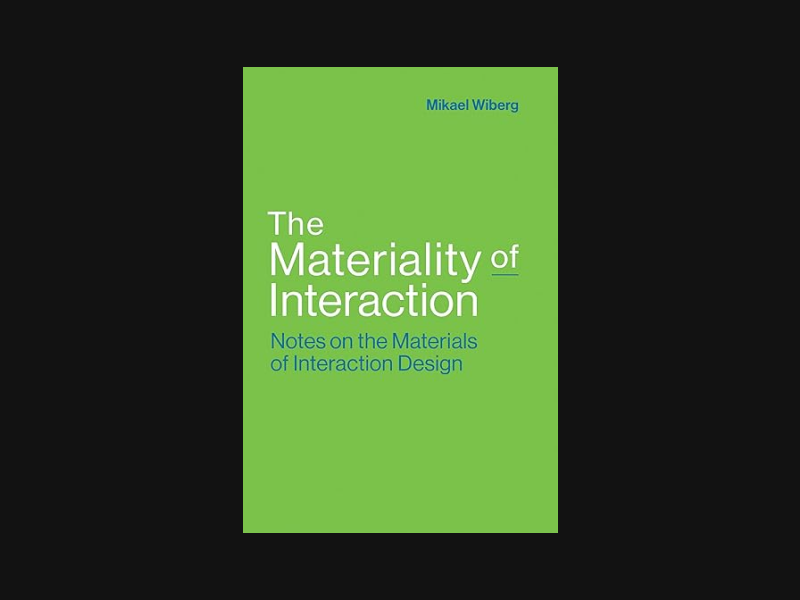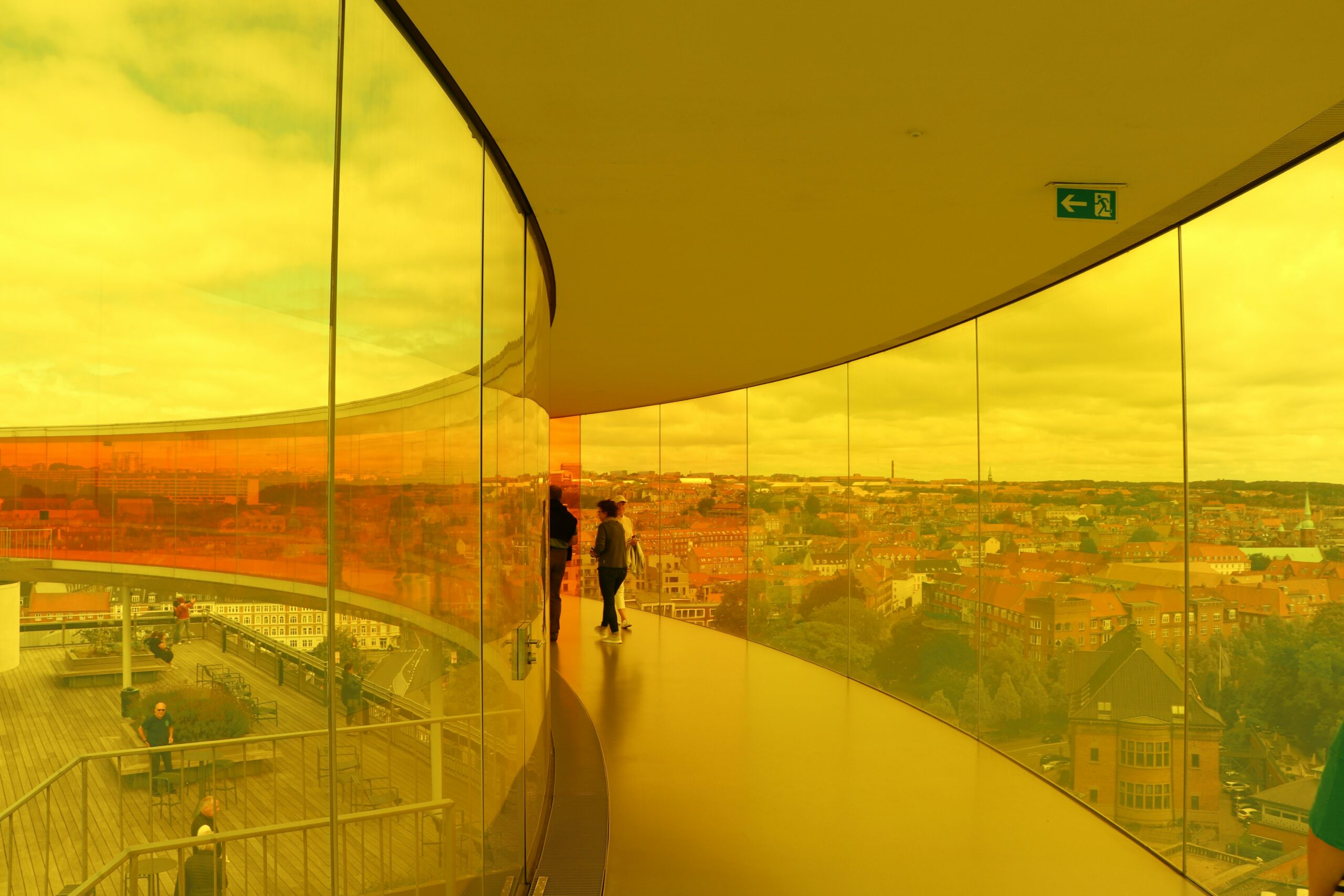“Vague Pure Affection” from Thought-Forms (1901) by Annie Besant and Charles Leadbeater, illustrating the theosophical belief that emotions and thoughts create visible auras.
What can interaction design learn from contemporary art?
When we discuss interactions in the context of design, it might seem abstract or immaterial. However, from the very beginning of computing, interactions have always been tied to something tangible. Consider the mice and keyboards that bridge the physical and digital worlds.
The materiality of interaction design, as explored by Mikael Wiberg in The Materiality of Interaction, highlights how the materials we use can impact the user experience. This critical understanding can enrich user experiences by acknowledging the physical and sensory elements involved.
Wiberg calls for a “material turn” in interaction design, urging designers to focus on the tangible aspects of interactions rather than solely digital representations. By embracing this shift, we can create meaningful experiences that resonate with users beyond the screen.
Why Contemporary Art Is Crucial for Interaction Design

As the title suggests, in The Materiality of Interaction, Mikael Wiberg explores the tangible aspects of interaction design. He discusses how the materials we choose can profoundly impact user experience, encouraging designers to think critically about their selections. This book is essential for anyone looking to create more meaningful interactions.
Contemporary art, particularly avant-garde experimentation, has much to offer interaction designers in terms of materiality. Pioneers like Kandinsky and Cézanne challenged our perceptions of materials, paving the way for a deeper connection to sensory experiences.
Consider site-specific installations, works of art designed with a keen awareness of their physical surroundings, engaging with the space they inhabit. These artists often prototype and test to ensure their creations align with the environment.
In contrast, interaction design often lacks this type of contextual awareness. Too often, digital products are divorced from the spaces in which they are used. This disconnection can lead to distractions, drawing users’ attention away from the physical world.

Olafur Eliasson installation at ARoS Aarhus Art Museum, showcasing immersive light and color experiences that engage viewers with their surroundings. Photo by Julia Taubitz.
Designing with Context in Mind
When designing digital products, we rarely consider the context in which they will be used. Details such as lighting, temperature, noise, or the presence of other devices are critical to users’ material experiences, yet they are often overlooked.
Adopting a site-specific mindset can lead to more meaningful user experiences that not only fit into users’ lives but also manage attention mindfully, ensuring design enhances presence and focus rather than contributing to distraction.



